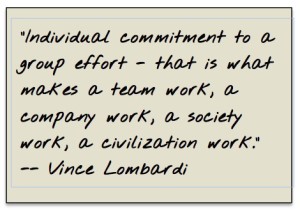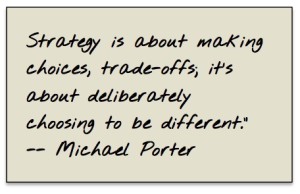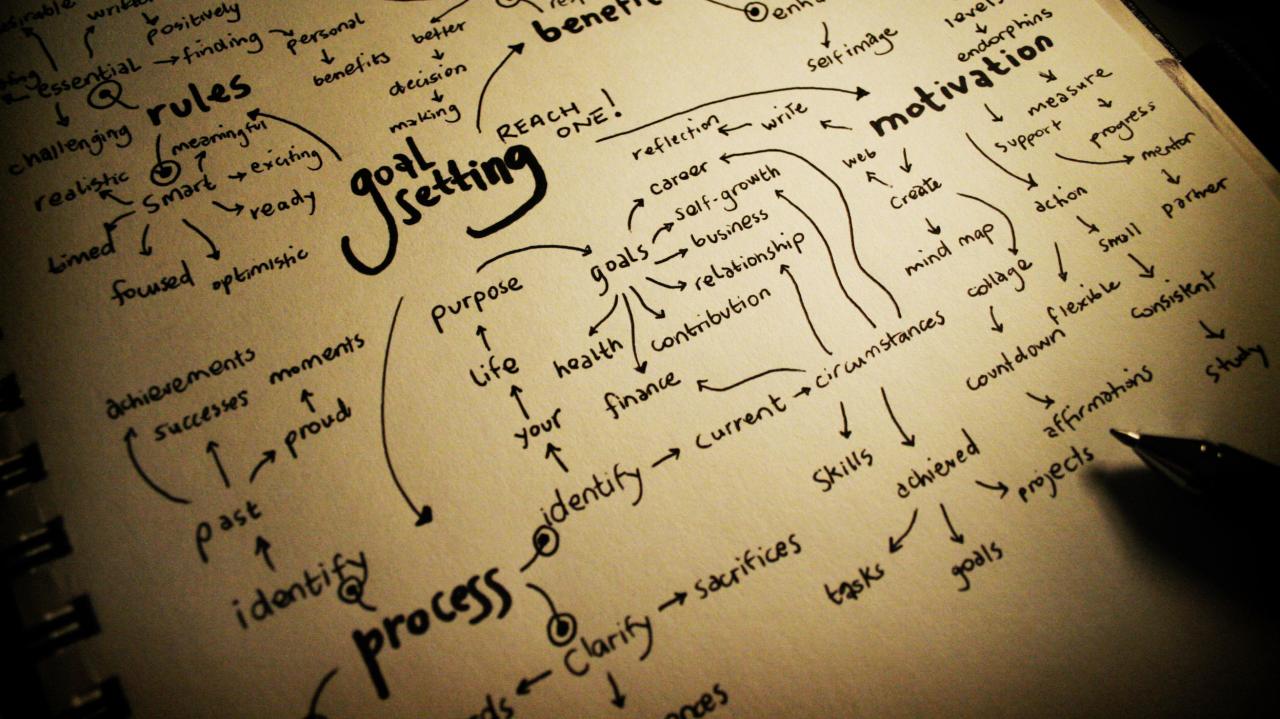Recently I spent a couple of days at our annual leadership team strategic planning retreat at a cabin on Lake Tahoe’s west shore.
 This year the gray sky heavy with moisture, the wet snow falling on the cabin’s sky light window, and the icy wind chill all reminded me of the past 16 winters we’d just spent in Colorado—up until a year and a half ago when we moved back to Sacramento for me to join a great firm and, importantly, to be near family.
This year the gray sky heavy with moisture, the wet snow falling on the cabin’s sky light window, and the icy wind chill all reminded me of the past 16 winters we’d just spent in Colorado—up until a year and a half ago when we moved back to Sacramento for me to join a great firm and, importantly, to be near family.
Lake Tahoe–what an idyllic setting to dream about the future.
So, this strategic planning session is my second time through with this talented and dedicated team, and just like last year, I know that these two days will shape the decisions we make over the next year.
While we don’t have all the details worked out, and likely there will be many pivots in the months ahead, this is the time when we commit. At the end of the day, the most important thing that comes out of a successful strategic planning process is the commitment of leaders:
- First, we commit to an agreed-upon understanding of today (i.e. what happened this past year that has brought us to today), and
- Second, we commit an agreed-upon picture of tomorrow (what does the future look like a year, 18 months, 3 years from today).
The strategy is how we are going to get there. At the core, strategy is about decision-making.
A strategic plan’s power is imbued by the commitment of each team member to the core approaches (strategies) regarding how the team will arrive at the destination.
One of the approaches I’ve had as a part of the proverbial “leadership toolbox” has been a decision making approach based upon double loop learning (Argyris and Schon, 1976).
In double loop learning a commitment is made to getting stakeholder(s’) input at every step of the process. Because we have (at times) a lot of leadership involvement in marketing tactics (a good thing as there is 20+ years of experience contributing to successful execution), it’s been important to try to structure the learning process in a way that captures all learning. Before I unpack that, a couple of explanations.
An illustration might be helpful here. If single loop learning is a thermostat set at 68 degrees, the question the thermostat asks to solve the problem is,”What is the room temperature?” Double loop learning, however, asks a different question–“Is 68 degrees the right temperature?” The first kind of learning solves the problem based upon a set of assumptions. The second kind of learning takes into consideration the assumptions themselves.
Which leads us to the heart of this approach: First, you need to recognize the difference between 1) the Espoused Theory and 2) the Theory in Use.
An example would help here (coming from one of my previous jobs): At a company where I used to work some 5+ years ago, we talked a lot about a new brand promise, and the importance of each employee’s contribution to the success of the company. The effect was brilliant for new employees especially, as they understood that they were part of “reinventing” this 20 year-old organization.
 However, for a variety of reasons, over time the individual team member’s contribution became less and less important. Stifled growth put a tremendous strain on the company’s belief in the future, and an increasingly stressful work environment. This reality is what defined the implicitly stated “Theory in Use.” In the case of this company, it went something like this, “The fear of the company’s future (the company story) short-circuited the day-to-day employees’ experiences, leading to an organizational crisis.
However, for a variety of reasons, over time the individual team member’s contribution became less and less important. Stifled growth put a tremendous strain on the company’s belief in the future, and an increasingly stressful work environment. This reality is what defined the implicitly stated “Theory in Use.” In the case of this company, it went something like this, “The fear of the company’s future (the company story) short-circuited the day-to-day employees’ experiences, leading to an organizational crisis.
Double loop learning adds an important step to the process of feedback, called “Reflection in Action,” or “Reframing,” and is built upon a very simple notion—that experience is the best teacher (told you it was simple).
A purposeful step back, with probing thoughtful questions, often exposes the mental maps we have, then affords us the opportunity to objectively evaluate them–how effective are these assumptions for making decisions that will help us reach our goals (what we want to accomplish) and will reinforce our core values (who we are).
OK, so some of you have connected the dots: Isn’ this just a fancy, business consultant-speak way of saying, “Look, we are going to approach strategy and execution with a brutal kind of honesty where WHAT is right is more important than WHO is right?” And, well yes, you would be right. This approach–double loop learning–takes a hard run at making sure there is deep learning.
Courageous learning where anyone in the room speaks up to offer a good idea.
Bold learning where past success doesn’t obfuscate the revolutionary ideas of tomorrow.
Passionate learning where all team members are invested in both the process and the outcome.
The key is to reflect on the action in ways that help us see the situation from a different and more effective or efficient point of view—where we experience paradigm shifts. It is similar to the psychology textbook examples like the young woman and the old woman (included here—you see both women, don’t you, in the same picture?).
we experience paradigm shifts. It is similar to the psychology textbook examples like the young woman and the old woman (included here—you see both women, don’t you, in the same picture?).
Here are the kind of questions we are working through right now:
- Our brand promise today for our company is, “We serve YOU.” This is a straightforward brand promise, but it prompts discussions about what is the heart of service, the role of humility, the nobleness of serving, and how often the person serving is getting as much or more from the action than the person being served.
- The Reflection-in-Action/Reframing raises the next set of questions, Are we really serving our clients? If we aren’t serving them every time, why not? Are we serving each other, from the top of the organization down? And, we recognize there is a big idea here, if we give enough space for the process of building it out.
These questions flush out the Espoused Theory from the Theory in Use.
So, as we are building the strategies and tactics for next year’s plan, we are also working hard to make time for and valuing the outcome of Reflection-in-Action. While it requires courage throughout the organization and a dogged determination to align what we say with what we do, it also promises to integrate what we say with what we do, and that is the best objective of all, to integrate, which as the root word implies, at the heart is INTEGRITY. Now, there’s a strategy.
(For more information, see https://hbr.org/1977/09/double-loop-learning-in-organizations)









